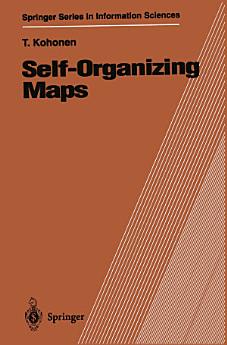Self-Organizing Maps
2012년 12월 · Springer Science & Business Media
4.0star
리뷰 2개report
eBook
362
페이지
report검증되지 않은 평점과 리뷰입니다. 자세히 알아보기
eBook 정보
The book we have at hand is the fourth monograph I wrote for Springer Verlag. The previous one named "Self-Organization and Associative Mem ory" (Springer Series in Information Sciences, Volume 8) came out in 1984. Since then the self-organizing neural-network algorithms called SOM and LVQ have become very popular, as can be seen from the many works re viewed in Chap. 9. The new results obtained in the past ten years or so have warranted a new monograph. Over these years I have also answered lots of questions; they have influenced the contents of the present book. I hope it would be of some interest and help to the readers if I now first very briefly describe the various phases that led to my present SOM research, and the reasons underlying each new step. I became interested in neural networks around 1960, but could not in terrupt my graduate studies in physics. After I was appointed Professor of Electronics in 1965, it still took some years to organize teaching at the uni versity. In 1968 - 69 I was on leave at the University of Washington, and D. Gabor had just published his convolution-correlation model of autoasso ciative memory. I noticed immediately that there was something not quite right about it: the capacity was very poor and the inherent noise and crosstalk were intolerable. In 1970 I therefore sugge~ted the auto associative correlation matrix memory model, at the same time as J.A. Anderson and K. Nakano.
평점 및 리뷰
4.0
리뷰 2개
이 eBook 평가
의견을 알려주세요.
읽기 정보
스마트폰 및 태블릿
노트북 및 컴퓨터
컴퓨터의 웹브라우저를 사용하여 Google Play에서 구매한 오디오북을 들을 수 있습니다.
eReader 및 기타 기기
Kobo eReader 등의 eBook 리더기에서 읽으려면 파일을 다운로드하여 기기로 전송해야 합니다. 지원되는 eBook 리더기로 파일을 전송하려면 고객센터에서 자세한 안내를 따르세요.







